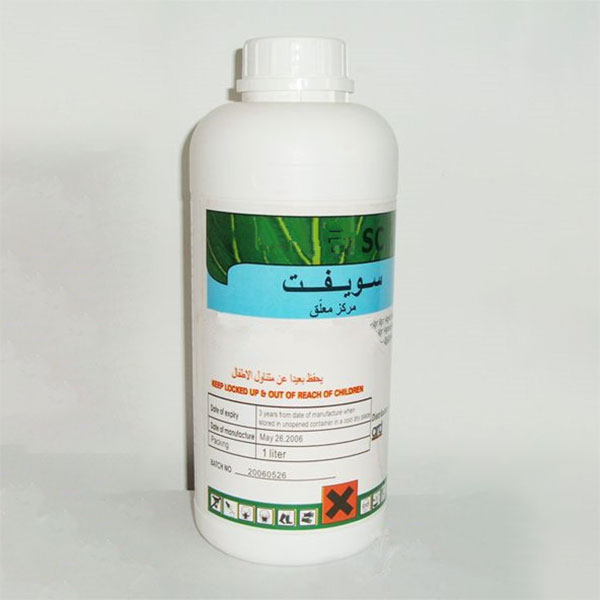Propiconazole 250g/L EC
Get the best quality Propiconazole 250g/L EC from our factory. Our product is perfect for effective crop protection. Order now for great results!
Request a QuotePRODUCTS DETAILS
Hot Products

S-Bioallethrin+Permethrin+Piperonyl Butoxide

Emamectin Benzoate

Insect Killer Insecticide Buprofezin Pesticide 95% Tc 25% 40% Sc 37% SC 70 wdg 65% wp 25 Wp Buprofezin Pest Control

EDTA Zn 15%

Diflubenzuron

Factory price Kresoxim-methyl 97% 50%WDG fungicides powder

Agrochemicals Fungicide Pencycuron 25%WP Supplier

Glyphosate

Thiophanate Methyl

Lambda-cyhalothrin 10% WP
Contact us
Please feel free to give your inquiry in the form below We will reply you in 24 hours


